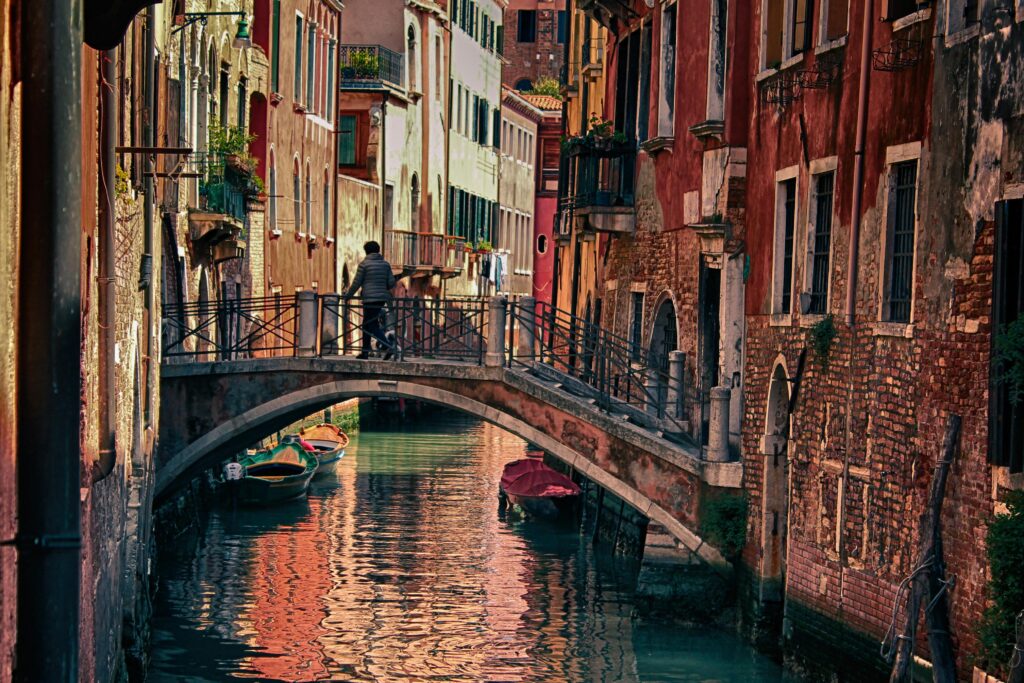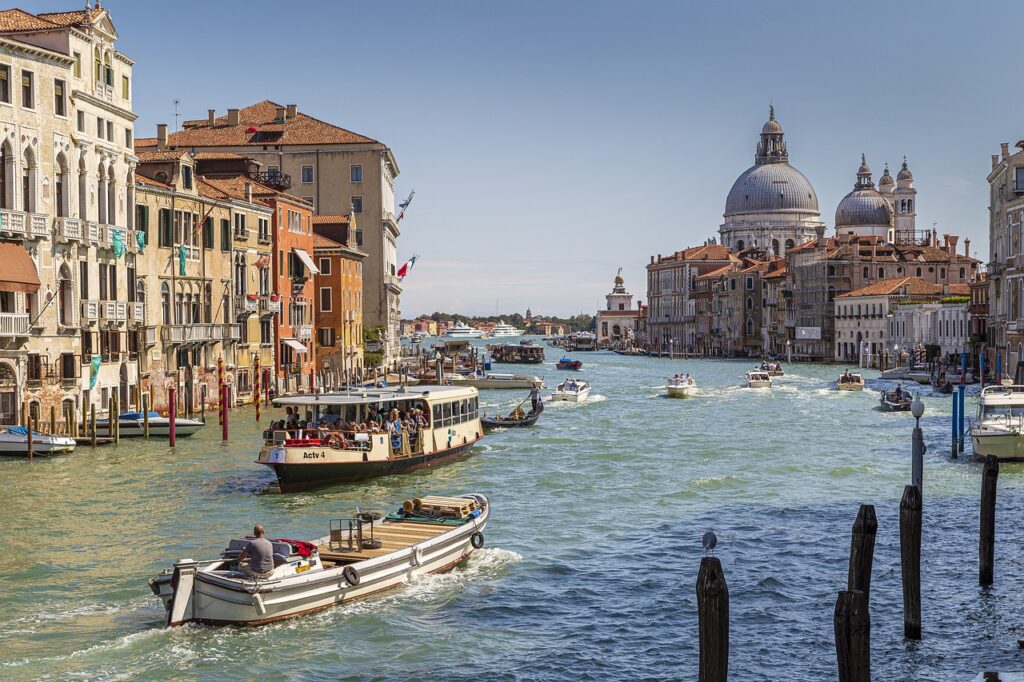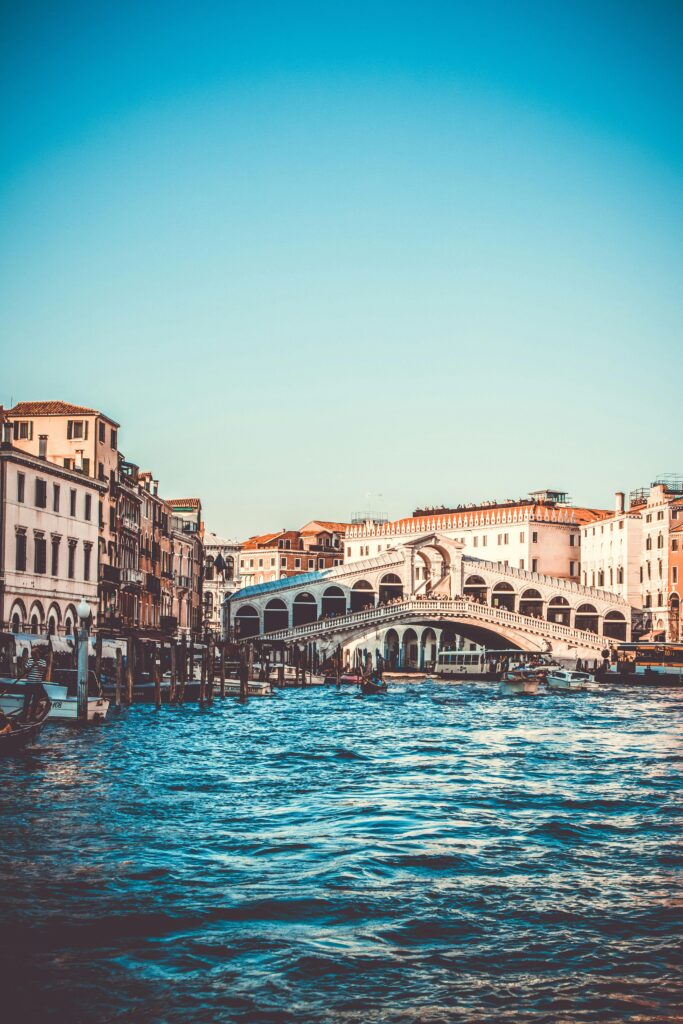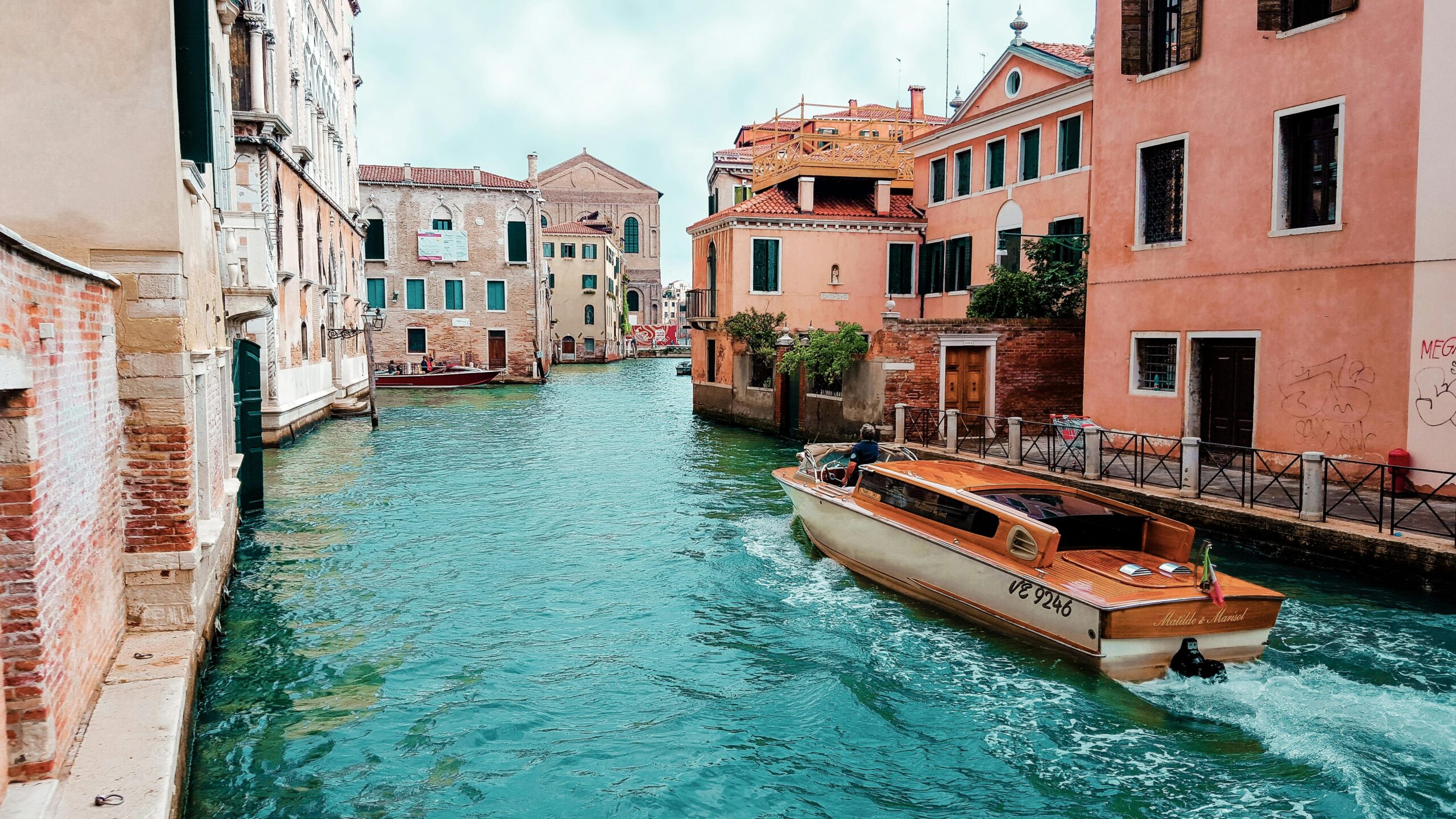Venice, long celebrated for its canals, piazzas, and centuries‑old architecture, has grappled with relentless overtourism—up to 30 million annual visitors overwhelming a resident population now under 50,000. In response, the city piloted a “day‑tripper” access fee in 2024. Generating significant revenue and showing no drop in visitor numbers, Venice has expanded and refined this scheme for 2025—part of a multi‑pronged plan to balance tourism with civic sustainability and heritage preservation.

Expanded Fee Structure and Registration
- Fee Amounts: Day‑visitors who pay at least four days in advance owe €5. Those registering within three days of arrival face a €10 surcharge.
- Application Dates: The fee applies on 54 high‑traffic days between April 18 and July 27, including all weekends and public holidays—up from 29 days in 2024.
- Time Window: Entry is charged from 8:30 a.m. to 4 p.m. on these dates. Once paid and registered, visitors receive a QR code valid at all main access points.
Revenue, Visitor Trends, and Economic Impact
- Pilot Results: In 2024, about 450,000 day‑trippers paid the fee, generating €2.4 million—funds earmarked for public services and infrastructure.
- 2025 Projections: Officials expect up to €1.5 million in surplus revenue after covering enforcement and technology costs.
- Visitor Numbers: Despite the fee, Venice continued to welcome an estimated 75,000 daily visitors on peak days in 2024, indicating that the measure influences behavior more than overall volume.
Exemptions, Enforcement, and Technology
- Exemptions: Overnight guests in hotels and short‑term rentals, Veneto residents, children under 14, and certain categories (e.g., job‑seekers, disabled visitors) are waived. However, all hotel guests must still register online to confirm their exemption.
- Monitoring: Stewards equipped with scanners and automatic cameras at main bridges check QR codes. Non‑compliance can incur fines up to €50.
- Digital Tools: The city’s mobile app provides real‑time confirmation, maps of access points, and push notifications when approaching a fee‑zone entry.
Complementary Measures to Manage Tourism
Venice pairs the access fee with other strategies:
- Cruise Ship Caps: Limiting daily tendered cruise arrivals to curb mass influx during festival periods.
- Short‑Stay Rental Controls: Enforcing tighter regulations on Airbnb‑style rentals to increase long‑term housing stock.
- Timed Museum Tickets: Encouraging staggered entry to major attractions like St. Mark’s Basilica and the Doge’s Palace.
- Off‑Season Promotion: Marketing fall and winter cultural events to spread visitors more evenly throughout the year.

Local Community and Cultural Preservation
- Resident Support: Proceeds fund waste collection, lagoon‑cleanup programs, and upkeep of community centers—efforts praised by many locals but criticized by others as insufficient without broader policy changes.
- Cultural Grants: A portion of revenue underwrites artisan workshops and restoration of historic façades in neighborhoods outside the tourist core.
- Quality of Life: Early surveys suggest slight relief in crowding at major nodes, though small‑business owners worry about reduced foot traffic on fee days.
Lessons From Other Cities
Barcelona’s overnight‑stay tax (up to €2.25 per night since 2012) and Amsterdam’s cruise‑passenger levies illustrate how differentiated tourist charges can fund infrastructure and incentivize longer stays. Venice’s model—unique in targeting non‑overnight visitors—offers a template for other heritage sites grappling with day‑tripper pressure.
Looking Ahead: Toward Sustainable Tourism
Venice will evaluate metrics—including average visitor dwell time, local satisfaction surveys, and ecosystem health indicators—after the 2025 season. Potential adjustments include:
- Expanding Fee Dates further into the shoulder season if data show persistent overcrowding.
- Dynamic Pricing Models that calibrate fees based on real‑time capacity.
- Enhanced Digital Integration with the Venice Pass to bundle museum access and public transit with entry registration.
These refinements aim to preserve Venice’s fragile lagoon environment and storied heritage while sustaining the economic benefits of tourism.

Frequently Asked Questions
Q: When does the Venice day‑tripper fee apply?
A: From April 18 to July 27 on weekends and public holidays, daily between 8:30 a.m. and 4 p.m.
Q: Who must pay the fee?
A: Any visitor entering Venice’s historic center without an overnight booking—unless exempt (locals, under‑14s, etc.).
Q: How do I pay and register?
A: Online via the VisitVenezia portal or mobile app; you’ll receive a QR code to present at entry points.
Q: Can I avoid the fee?
A: Stay overnight in Venice or enter on non‑fee days. Visitors arriving by cruise ship or as part of guided tours pay according to special agreements.
Q: What if I don’t register in time?
A: Last‑minute registrants (within three days) pay €10. Fines may apply for non‑registration.
Q: Does the fee reduce tourism?
A: Early data show little effect on total visitor numbers but do encourage registration and fund city services.
Q: How is the revenue used?
A: It supports waste management, infrastructure repairs, cultural grants, and sustainability initiatives like lagoon cleanups.
Q: Will this fee become permanent?
A: The 2025 scheme is approved through July; Venice plans to review outcomes before committing to longer‑term extensions.
Q: How does this compare to other tourist taxes?
A: Unlike overnight‑stay taxes (e.g., Barcelona’s nightly room fees), Venice’s access fee specifically targets day‑visitors, addressing the city’s unique overtourism challenges.
Q: Where can I find up‑to‑date information?
A: Consult the official VisitVenezia website and mobile app for the latest fee dates, registration links, and exemption criteria.
Sources The New York Times


